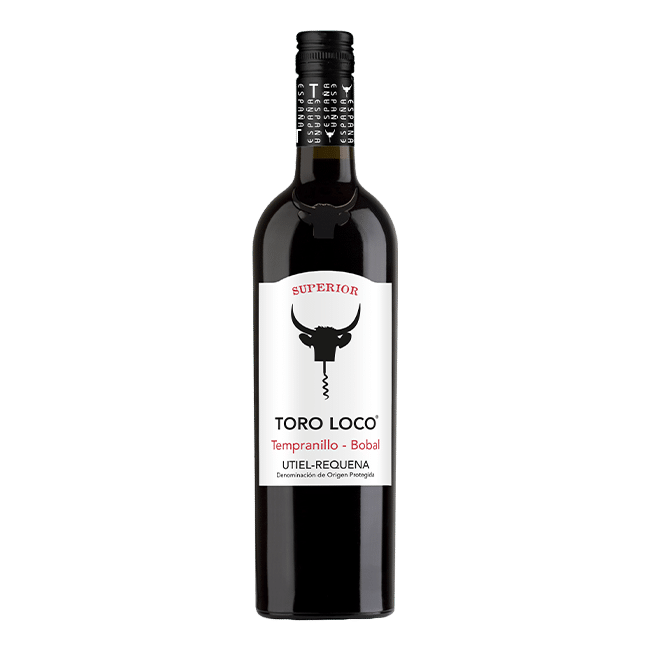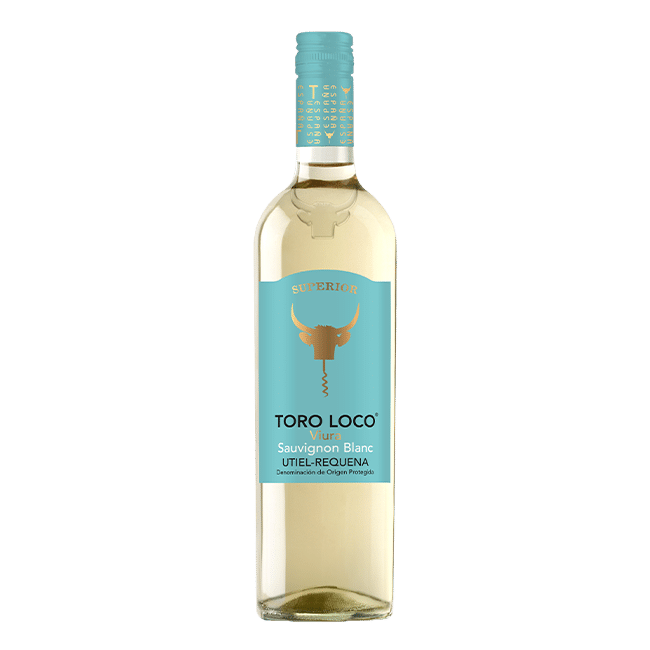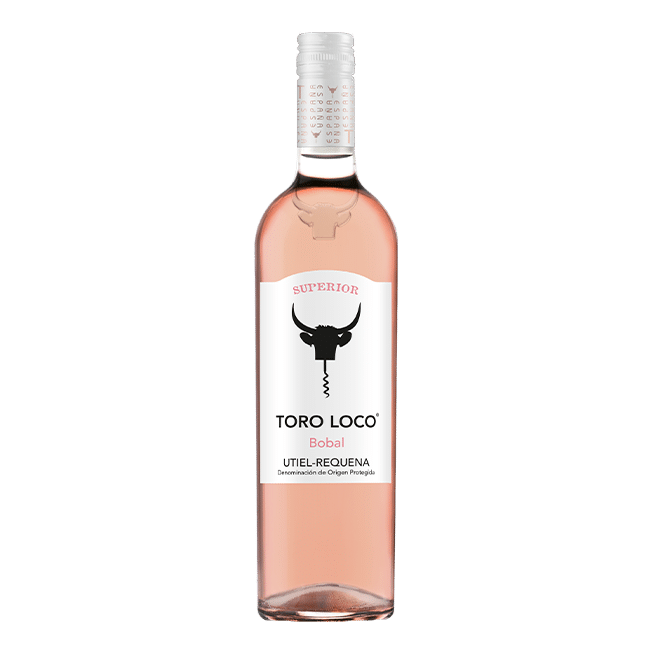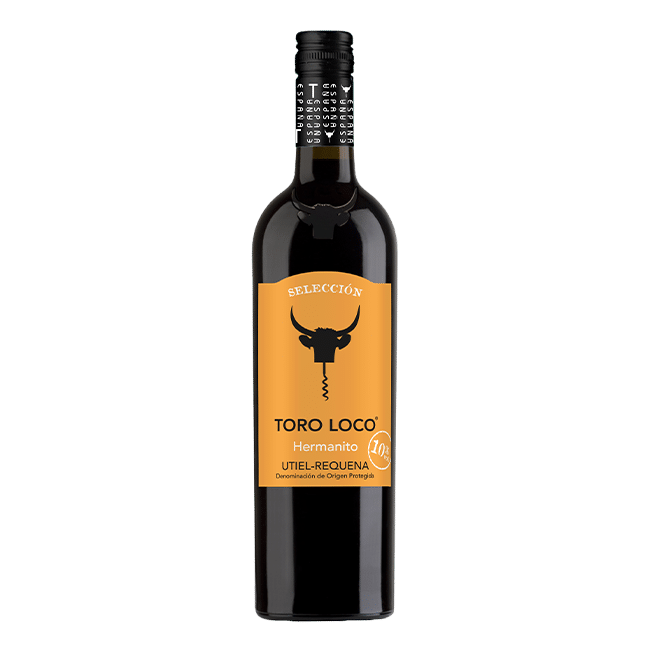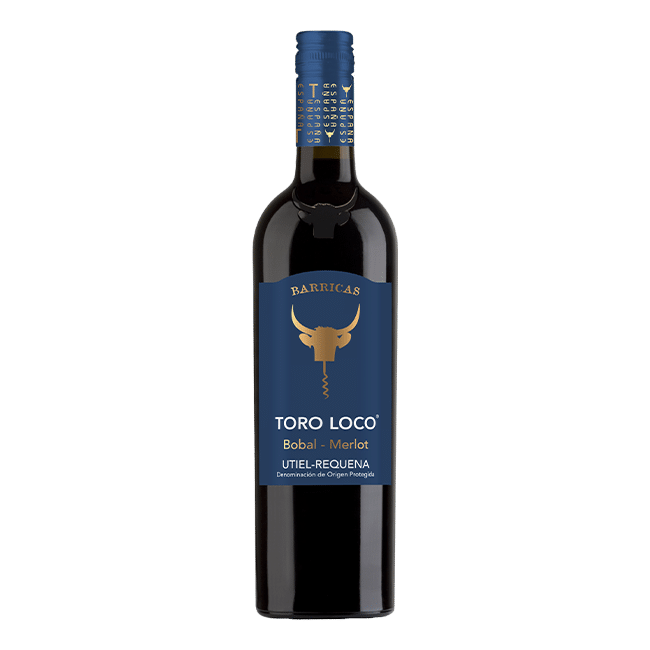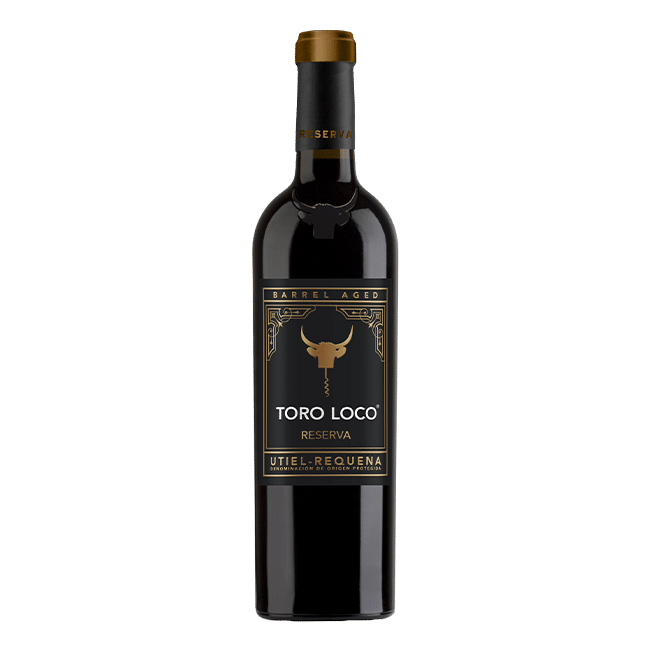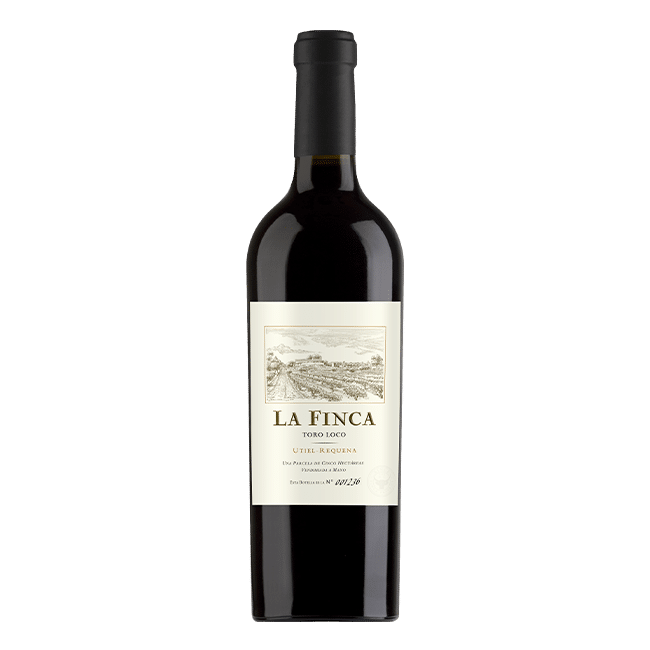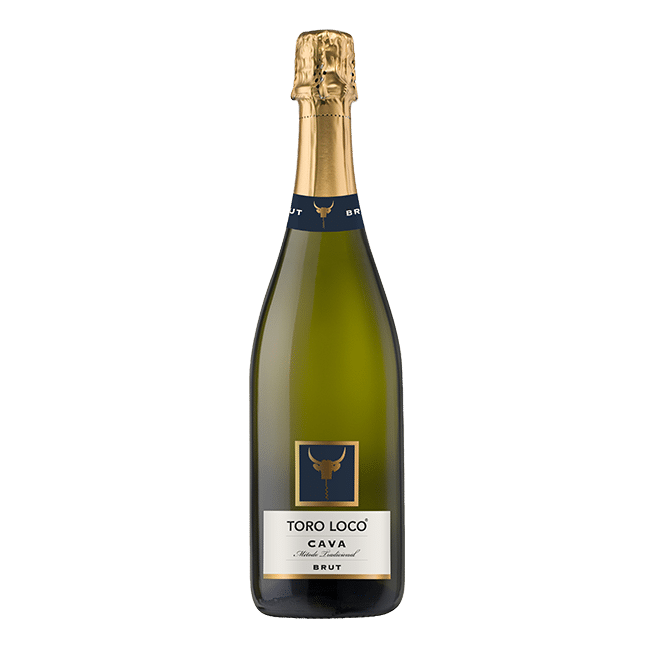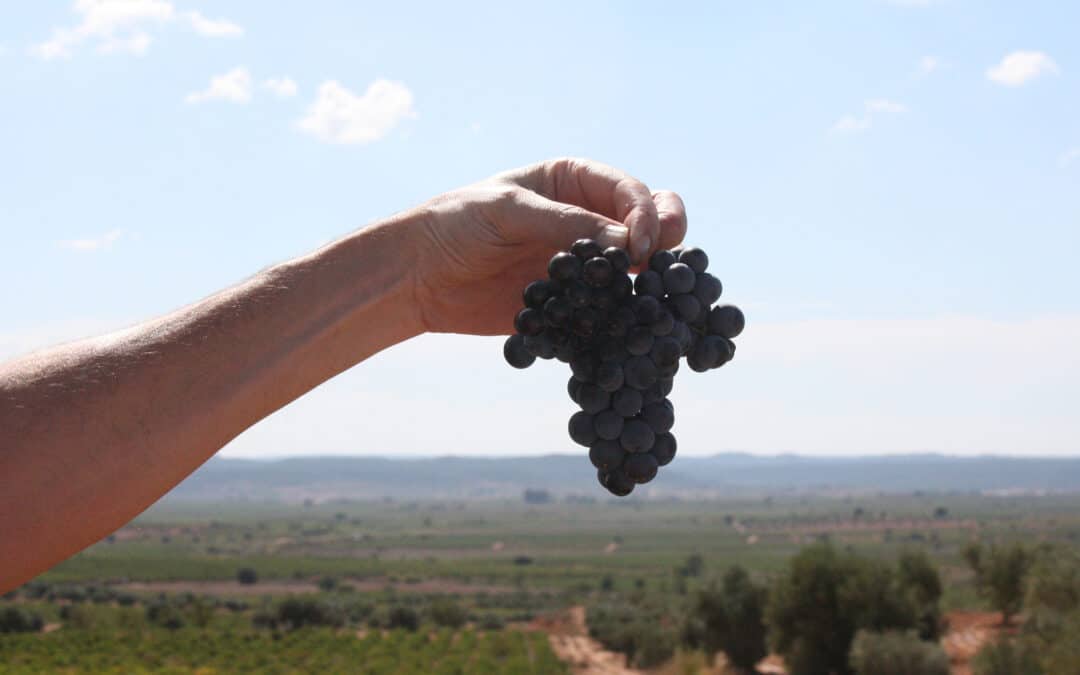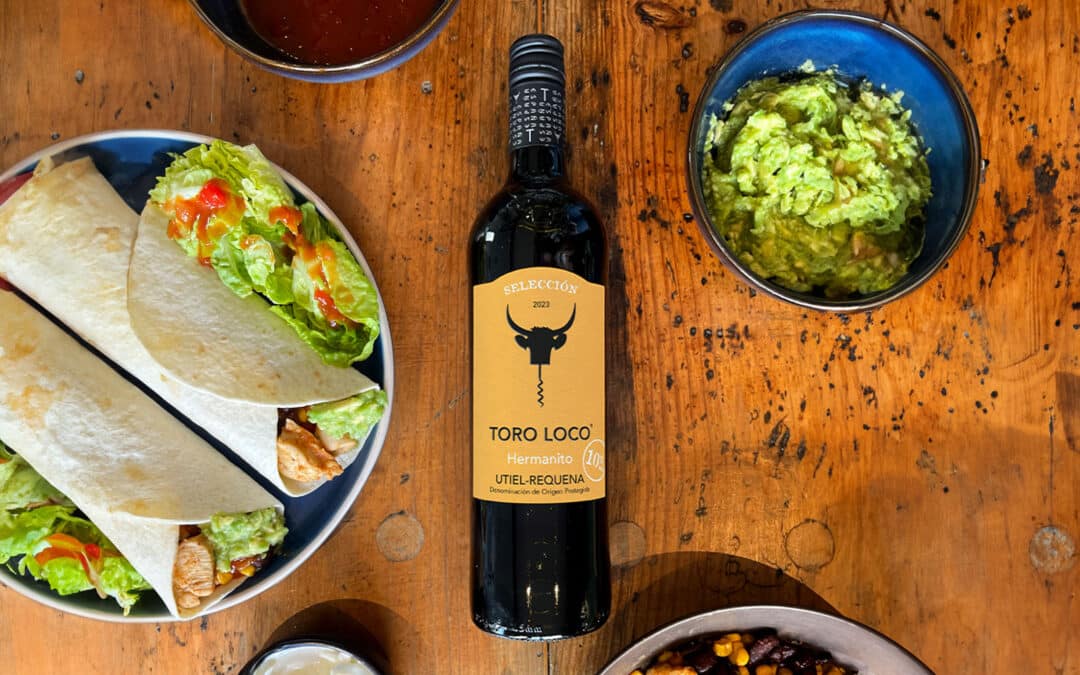How to taste wine like a pro: A step-by-step guide
Wine tasting is more than just sipping and swallowing; it’s an art that engages all your senses. Whether you’re a seasoned wine enthusiast or just starting out, learning how to taste wine properly can enhance your appreciation and enjoyment. Here’s a comprehensive guide to taste wine like a pro.
STEP 1: PREPARE
Before you start tasting, make sure to create the right environment:
• Lighting: Good lighting is essential to observe the wine’s color and clarity.
• Glassware: Opt for a clean, clear wine glass to allow proper swirling and smelling.
• Temperature: Reds are best served slightly below room temperature, while whites and rosés should be chilled.
STEP 2: LOOK
Start by examining the wine in your glass:
• Color: Tilt the glass slightly against a white background and examine the color and intensity. Reds can vary from deep purple to brick red, and whites from pale yellow to golden.
• Clarity: Check for any cloudiness or particles, as clear wines usually signify good quality.
STEP 3: SWIRL
Swirling the wine helps release its aromas:
• Technique: Hold the base of the glass and gently swirl in a circular motion.
• Observation: Pay attention to the “tears” forming on the inside of the glass. These may indicate the wine’s alcohol content and viscosity.
STEP 4: SMELL
The aroma of the wine is a crucial aspect of the tasting experience:
• First Nose: Bring the glass to your nose and take a deep breath. Note your initial impressions.
• Second Nose: After swirling the wine again, take a series of shorter breaths. Try to identify specific scents such as fruits, flowers, spices, and oak.
STEP 5: TASTE
Now, it’s time to taste the wine:
• First Sip: Sip the wine and let it sit in your mouth. Roll it around your tongue to experience different flavors.
• Sensations: Observe the wine’s sweetness, acidity, tannins, and alcohol content. Sweetness is detected at the tip of your tongue, acidity on the sides, and bitterness at the back.
• Flavors: Identify the primary flavors (fruits, herbs, spices) and secondary flavors (oak, vanilla, butter). Evaluate the complexity and balance of the wine.
STEP 6: FINISH
The finish refers to the wine’s aftertaste:
• Length: Note how long the flavors remain after swallowing. Typically, a long, pleasant finish indicates high quality.
• Impressions: Finally, reflect on the overall tasting experience. Did the wine present a good balance of flavors? Was it enjoyable?

